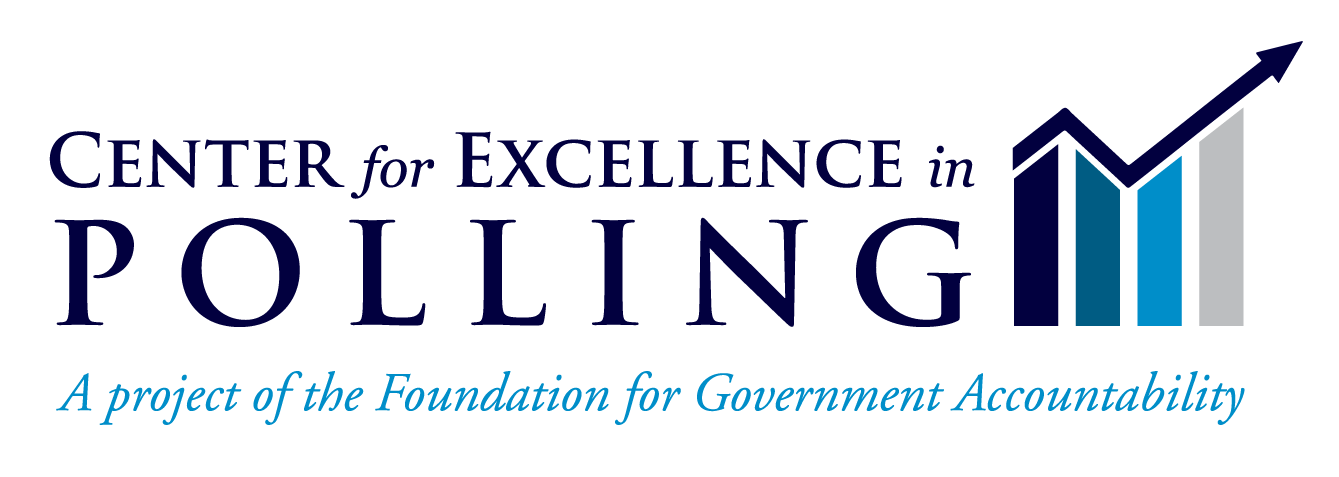Publication date: July 22, 2022
Written by: Sarah Coffey
The Center for Excellence in Polling (CEP) recently surveyed likely voters on issues facing the nation, asking many of the same questions as our Quarter 1 Tracking Poll.
In the most recent survey, results indicate that voters support work rather than expanding welfare. There is increasing support for concentrating power at the state level and a dissatisfaction among Democrats with the status quo that may determine how they vote in upcoming elections.
Voters support work over welfare
Work requirements in food stamps are not an issue firmly divided by party lines—in fact, results indicate that an understanding of the value of work transcends partisanship. A majority of all voters support requiring able-bodied adults on food stamps to work, participate in job training, or volunteer at least part time as a condition of eligibility for benefits (70%). This includes more than half of all Democrats (53%) and an overwhelming majority of Independents (77%).
Voters also seem to acknowledge the value of a paycheck over a welfare check. More than half of likely voters say there is not a general need to expand welfare programs in the United States (51%)—a sentiment shared by majorities of Republicans (67%) and Independents (62%), plus, remarkably, more than one-quarter of Democrats (28%).
Concentrating power at the state level is growing in popularity
In CEP’s first tracking poll of 2022, a plurality of all voters responded that power should be more concentrated at the state level, rather than the federal level (48%). This included fewer than one-quarter of likely Democrat voters (21%). The most recent tracking poll, however, saw an increase in Democrat and Independent voters’ support for concentrating power at the state level:
- Now, a clear majority of all likely voters favor state-level concentration of power (56%)—an eight-point bump since the first quarter.
- Support for state-level concentration of power rose four points among likely Independent voters (57%).
- And most notably, support among likely Democrats for concentrating power at the state-level jumped 15 points from the first quarter to 36 percent, while support for federal-level concentration of power dropped nearly 20 points.
Dissatisfaction is growing among Democrat voters
Dissatisfaction and disapproval are noticeable when voters are surveyed on their opinions of legislative bodies and elected officials, especially at the federal level.
Disapproval for the U.S. House of Representatives rose seven points to an even larger majority compared to the first quarter (62%). Likely voters’ view of the U.S. Senate is even more dismal: Now, more than three-quarters of all likely voters disapprove—a 13-point jump from the first quarter (76%). Disapproval of the Senate is a source of agreement among likely voters from all three surveyed groups—this includes majorities of Republicans (76%), Democrats (73%), and Independents (78%).
The president’s approval number fell four points—43 percent of likely voters approve of the job President Biden is doing, while 52 percent disapprove. Nearly two years into President Biden’s term, the state of the economy and other federal policies appear to have Democrats reexamining their approval of their candidate: Remarkably, disapproval among Democrats jumped 10 points compared to the first quarter.
When thinking about upcoming elections, voters have distaste for the status quo in mind
Recent poll results speak volumes about where voters find themselves less than four months away from mid-term elections, with 2024 rapidly approaching as well. Support among voters is shifting away from the status quo and the majority party.
- Compared to the first quarter, more likely Democrat voters now say they’d vote for a Republican candidate in the 2022 election for the U.S. House of Representatives (12%). This is still a small margin, but it’s a seven-point bump from the first quarter.
- Nearly half of all likely voters say they plan to vote in the Republican presidential primary in 2024—and this includes more Independents (42%) and Democrats (8%) than in the first quarter.
Following this trend of support shifting away from President Biden and his party, now nearly half of all likely voters say they are most likely to vote Republican in the 2024 presidential election (48%), a six-point increase from the first quarter. This includes 10 percent of likely Democrats and nearly half of all Independents (47%)—both having increased in support since earlier in the year.
Bottom line
Voters solidly support work requirements in welfare and continue to acknowledge the existence of fraud in welfare programs. And there’s an increasing reluctance to further expand welfare programs in the U.S.
Meanwhile, disillusionment with the status quo is evident among Democrats and Independents. Democrats are increasingly dissatisfied with policymakers at the federal level, and Independents are showing more willingness to lean Republican in 2022 and 2024 elections. Early in 2022, Democrats were solidly in support of their party and Independents were largely unsure of their support—but this tracking poll detects a shift among Democrats and Independents away from the Left, which may spell trouble for Democrats in future elections.
